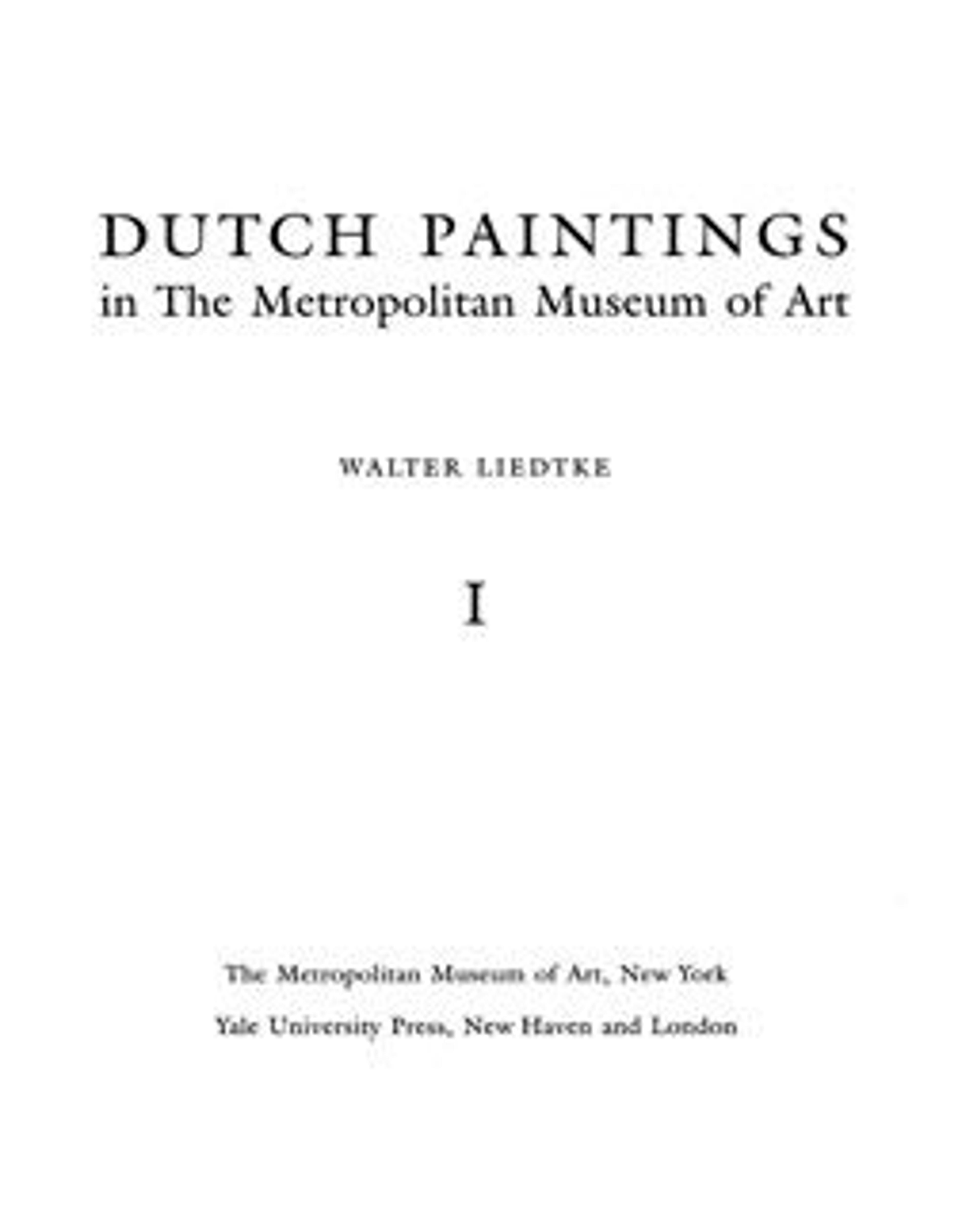Ferry near Gorinchem
Ruysdael has a reputation for inventing topography, but this canvas depicts a largely faithful view of Gorinchem (Gorcum) from the south. The artist's viewpoint was on a spit of land called Buiten de Waterpoort, along the river de Merwede. The 197-foot tower of the Great Church is seen through the trees, while a windmill, ramparts, and identifiable buildings recede in the right background. Travellers at an inn and in a fishing-cum-ferry boat enliven the scene. Ruysdael lived well to the north in Haarlem, but he was part-owner of a mill in Gorinchem and in 1643 and 1644 painted landscapes incorporating parts of the local castle of Loevestein.
Artwork Details
- Title:Ferry near Gorinchem
- Artist:Salomon van Ruysdael (Dutch, Naarden, born ca. 1600–1603, died 1670 Haarlem)
- Date:1646
- Medium:Oil on canvas
- Dimensions:41 7/8 x 52 1/2 in. (106.4 x 133.4 cm)
- Classification:Paintings
- Credit Line:Bequest of Maria DeWitt Jesup, from the collection of her husband, Morris K. Jesup, 1914
- Object Number:15.30.4
- Curatorial Department: European Paintings
More Artwork
Research Resources
The Met provides unparalleled resources for research and welcomes an international community of students and scholars. The Met's Open Access API is where creators and researchers can connect to the The Met collection. Open Access data and public domain images are available for unrestricted commercial and noncommercial use without permission or fee.
To request images under copyright and other restrictions, please use this Image Request form.
Feedback
We continue to research and examine historical and cultural context for objects in The Met collection. If you have comments or questions about this object record, please contact us using the form below. The Museum looks forward to receiving your comments.
